*NURSING > QUESTIONS & ANSWERS > Nur280 Comp Review- comp 1, comp 2, comp 3, COMPREHESIVE REVIEW UPDATED 2022/2023 (All)
Nur280 Comp Review- comp 1, comp 2, comp 3, COMPREHESIVE REVIEW UPDATED 2022/2023
Document Content and Description Below
Nur280 Comp Review- comp 1, comp 2, comp 3 1. Cane- place on strong side, move with weak a. Hand grip level at client’s greater trochanter b. Elbows flexed at 15 to 30 degrees c. Hold 4-6 inches... from the side of the foot d. Hold in the unaffected side and move together with the weaker side e. Inspect the cane tips regularly for worn rubber f. For client with 1 upper extremity, hemicanes or quadripod canes are used g. For walker, instruct client to put all 4 points of the walker on the floow before putting weight on the hand pieces. Move the walker forward, followed by the weaker foot and then the unaffected foot. 2. Tumor lysis syndrome- hyperkalemia; cloudy urine a. Potassium and uric acid are released faster than the body can eliminate b. Hyperkalemia, Hyperphosphatemia, Hypocalcemia, and hyperuricemia (leading to AKI) c. Encourage oral hydration; IV rehydration may be prescribed; Monitor renal function; I&O; d. Renal diet – low in potassium; NO (banana, cantaloupe, avocado, potato, spinach, orange, raisins, salmon, beans) and low in phosphate; NO (dairy foods, beans, nuts, lentils, cola, oatmeal, bran, and some bottled iced tea) e. Low purine diet (spinach, seafood and shellfish, asparagus, sardines, anchovies, tuna, mussels, red meat, duck, alcoholic drinks, preserved meats (cold cuts), organ meats, sugar sweetened foods, and limit consumption of naturally sweet fruit juices. f. Good choices (fresh fruits and vegetables with the exception of the above items, rice milk-unenriched, bread, pasta, rice, fish (except salmon), corn and rice cereals g. Diuretics as prescribed (HTCZ – releases K+ but holds Ca+) to increase urine flow to the kidneys h. Allopurinol to increase secretion of purines (increase water intake) i. Insulin and glucose (for severe hyperkalemia) 3. Retinal detachment-dark floating spots (pay attention to the eye they are asking) a. Assessment: flashes of light, floaters or dark spots(sign of bleeding), incre - asing blurred vision, sense of curtain drawn over the eye, loss of portion of the visual field, painless loss of central or peripheral vision. b. Intervention: Provide bed rest, cover both eyes with patches as prescribed to prevent further detachment, speak to the client before approaching, position the clients head as prescribed, protect the client from injury, avoid jerky head movements, minimize eye stress, prepare client for surgical procedures c. Postoperative: maintain eye patches as prescribed, monitor for hemorrhage, prevent N/V and monitor for restlessness, can cause hemorrhaging, monitor for Sudden sharp eye pain (notify HCP), encourage deep breathing but avoid coughing, provide bed rest, position as prescribed (depending on the location of the detachment), administer eye medication as prescribed, assist client with ADLs, avoid sudden movements or anything that increases IOP, limit reading for 3 to 5 weeks, avoid squinting, straining, and constipation, lifting heavy objects, and bending from the waist, wear dark glasses during the day, and patches during the night, encourage follow-up because it may occur in the other eye. 4. Chest tube- bad if drainage is >100ml/hr a. Gentle bubbling in the suction chamber b. Water seal chamber tidaling is normal during inspiration and expiration, small bubbling but not continuous c. Needs to be placed lower than the patient d. Occlusive sterile dressing at the insertion site e. Do not strip or milk tubing unless instructed by HCP f. Have a clamp and occlusive dressing at the bedside at all times g. Encourage coughing and deep breathing h. Never clamp tubes without HCP prescription i. If drainage system cracks or break, place tube on sterile water, then replace with new system j. When removing tube instruct client to deep breath and hold it, or take a deep breath and bear down (valsalva maneuver). Dry sterile or petroleum gauze dressing is taped. k. If the chest tube is pulled out, pinch the skin opening together (close it), then apply an occlusive dressing then taped with overlapping pieces of 2 inch tape and notify HCP [Show More]
Last updated: 2 years ago
Preview 1 out of 14 pages

Buy this document to get the full access instantly
Instant Download Access after purchase
Buy NowInstant download
We Accept:

Reviews( 0 )
$8.00
Can't find what you want? Try our AI powered Search
Document information
Connected school, study & course
About the document
Uploaded On
Nov 12, 2022
Number of pages
14
Written in
Additional information
This document has been written for:
Uploaded
Nov 12, 2022
Downloads
0
Views
95

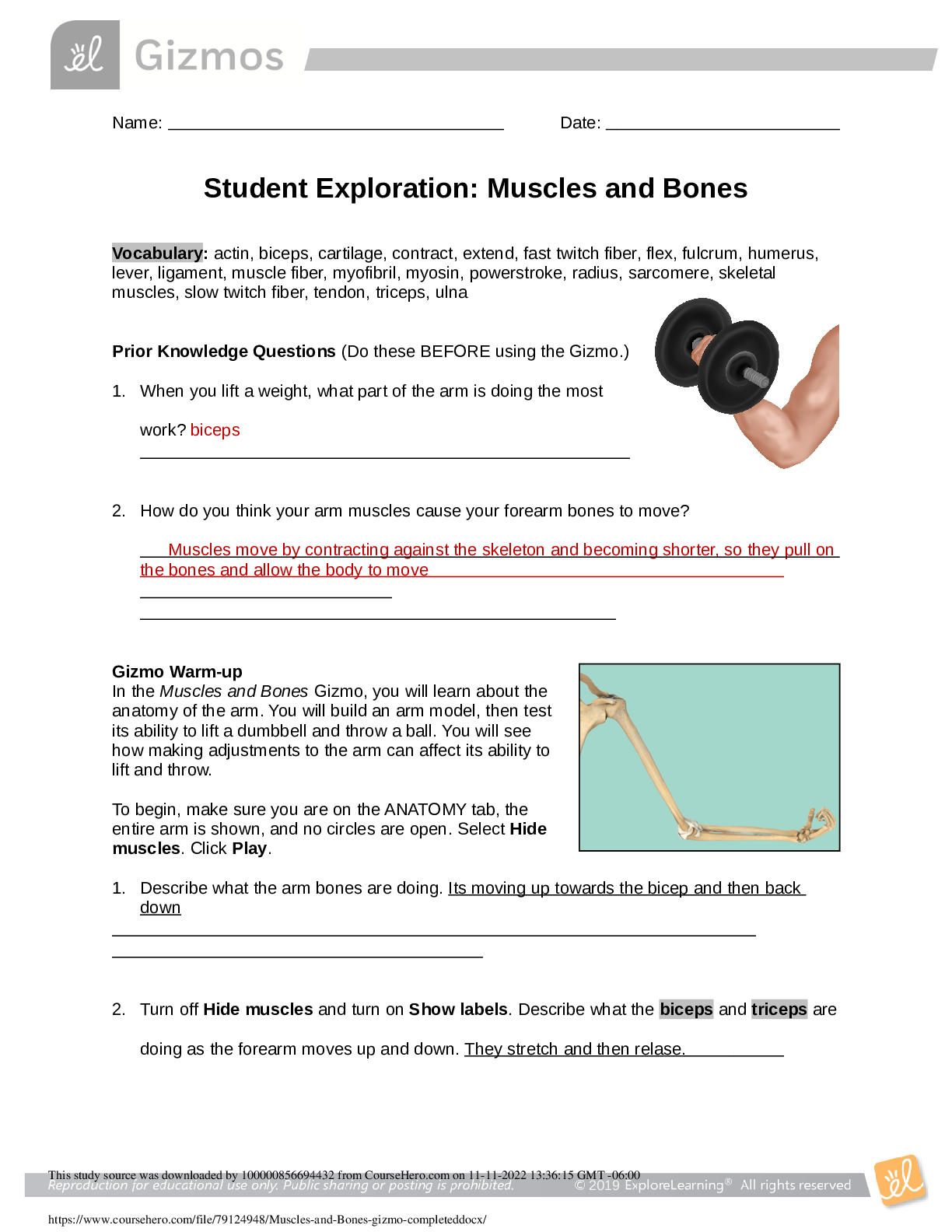


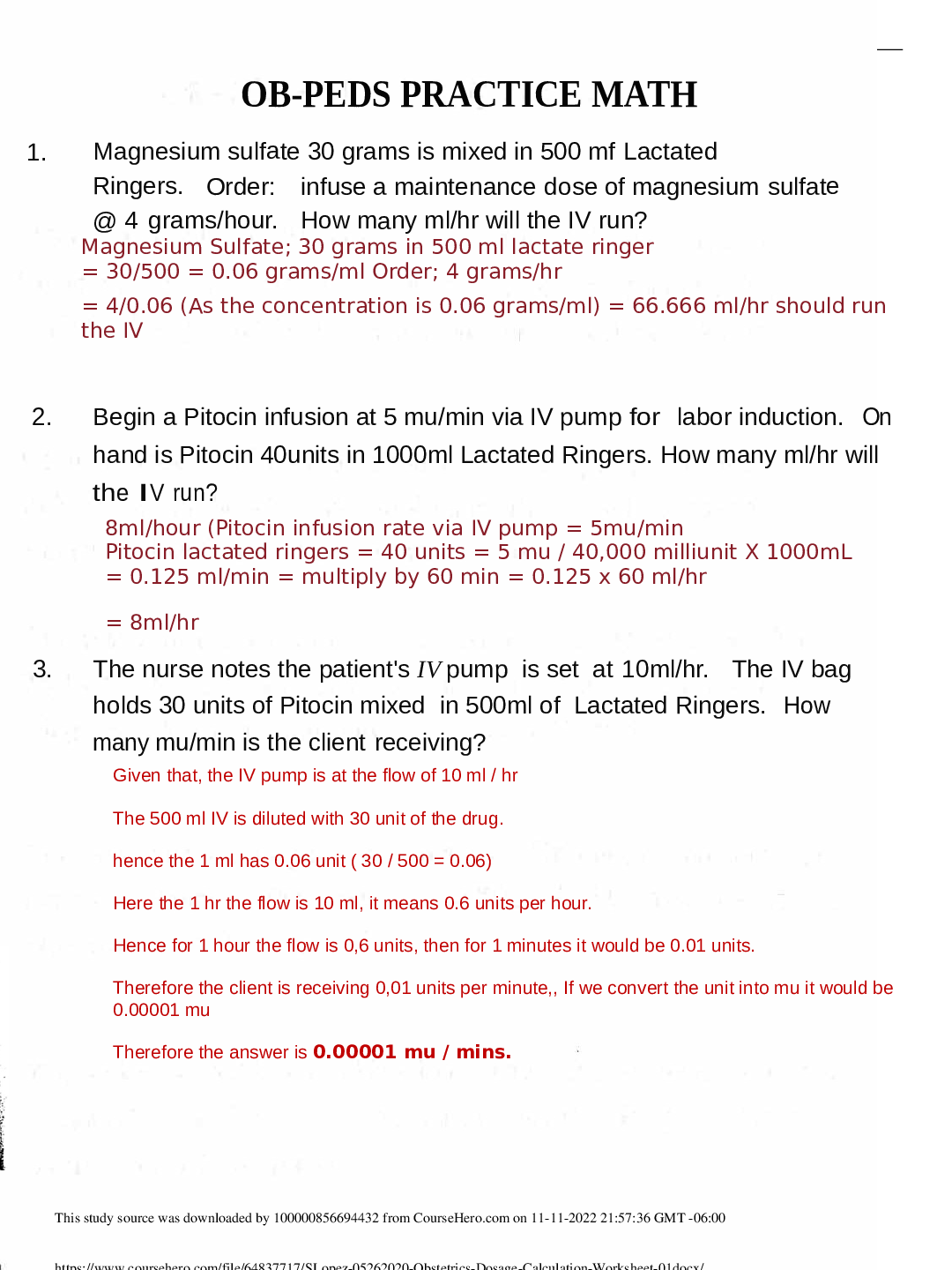

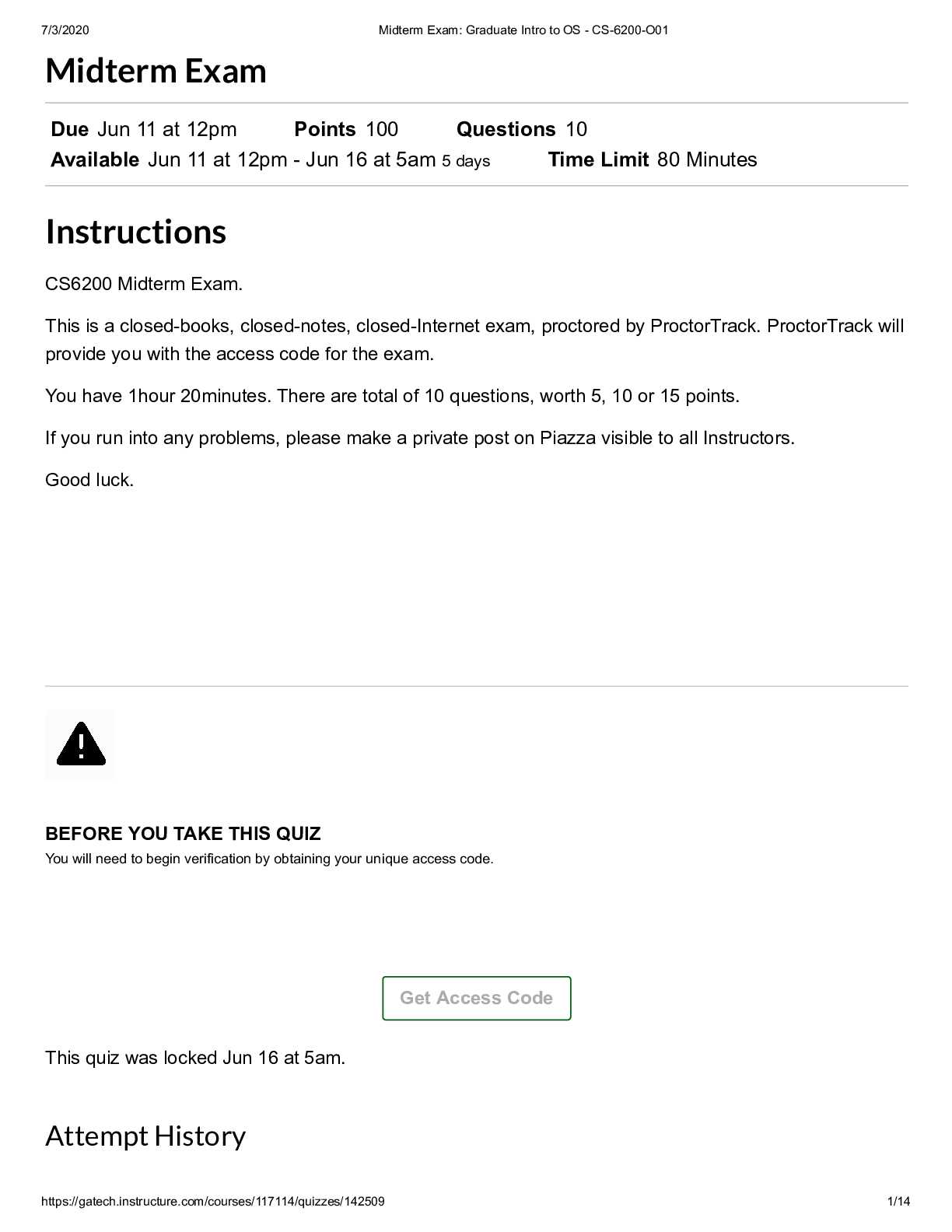
.png)
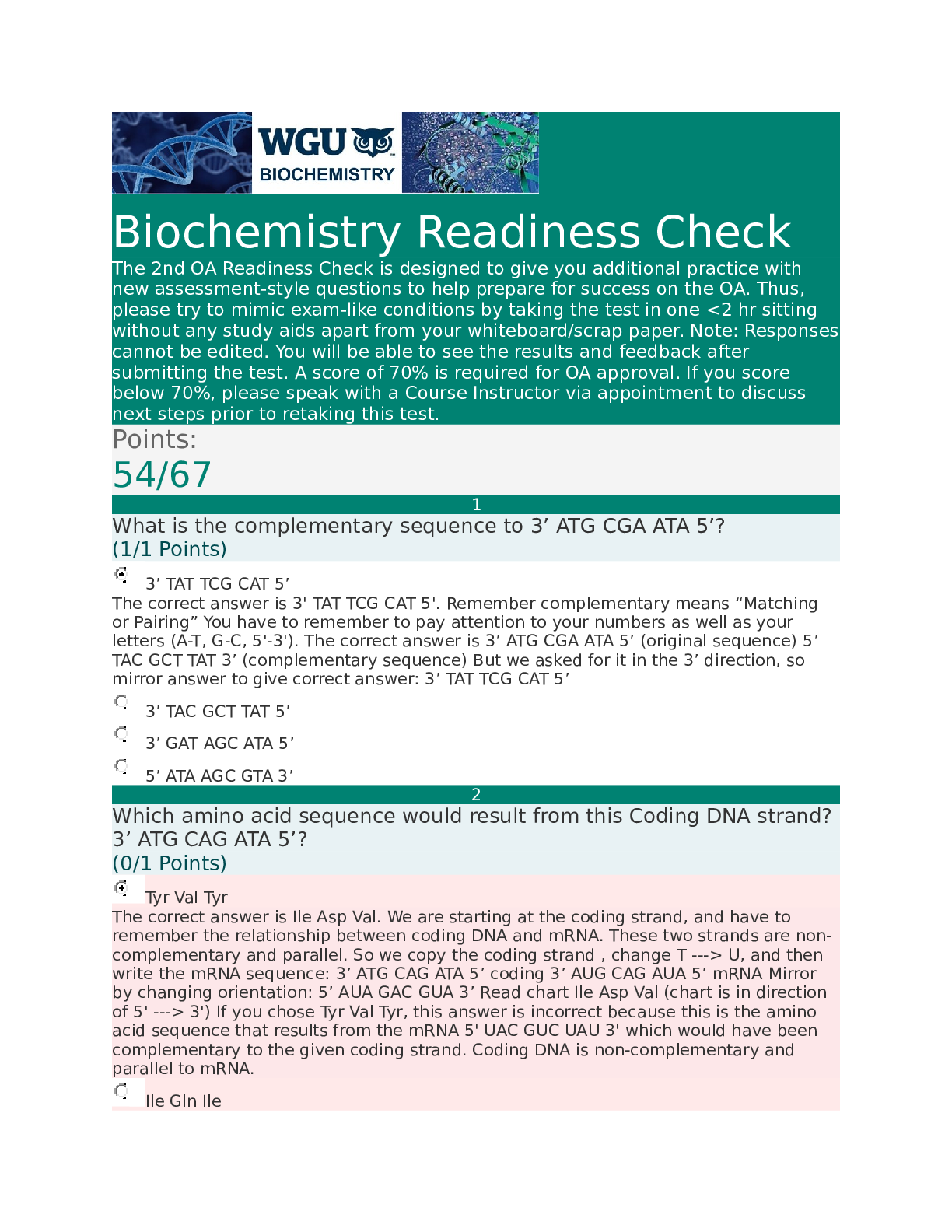
.png)
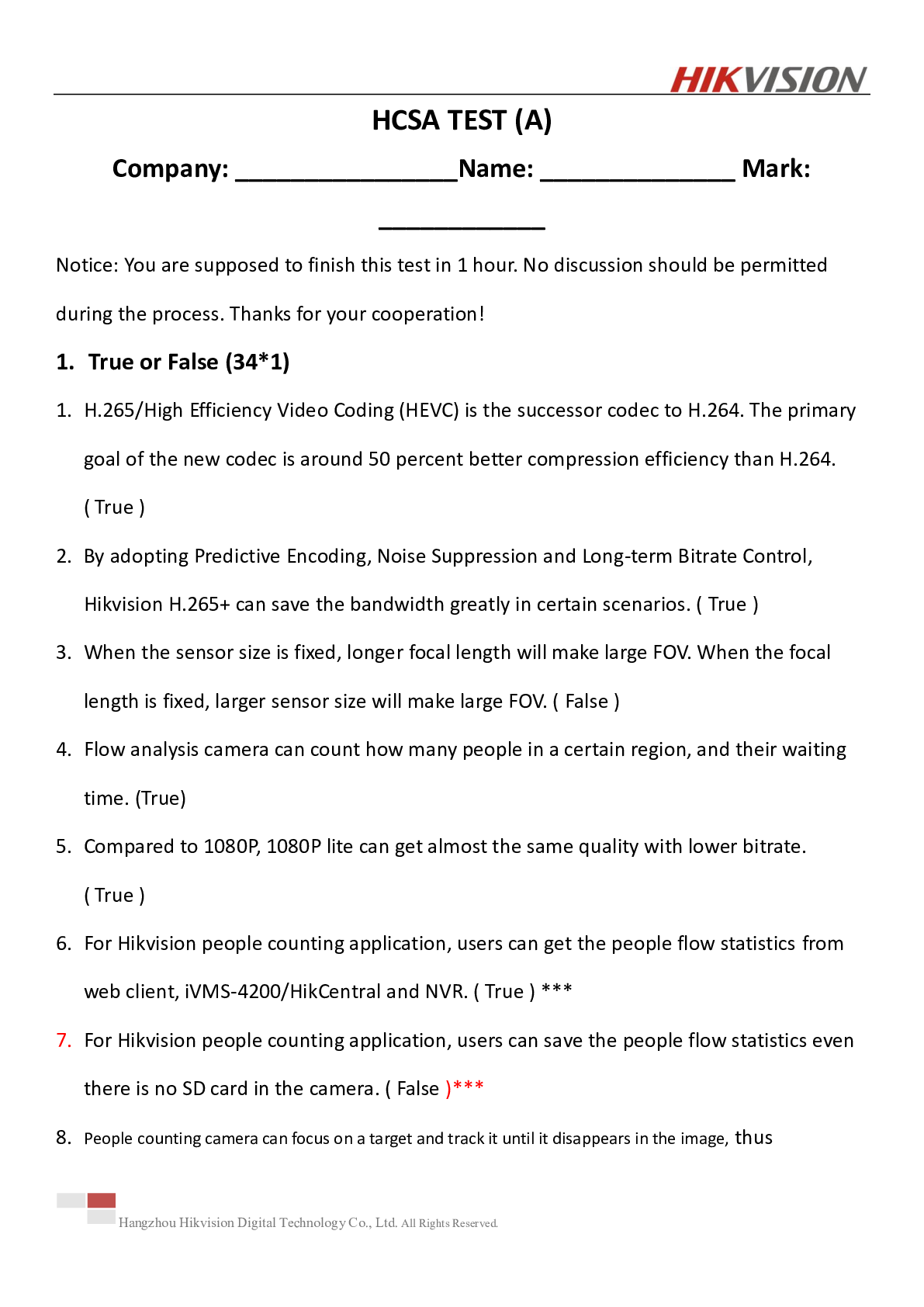
.png)
.png)


